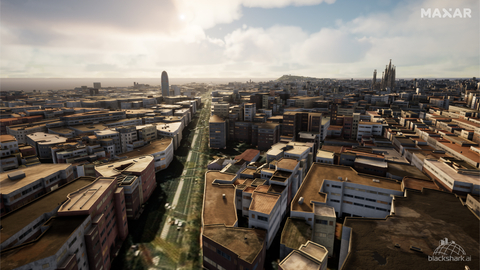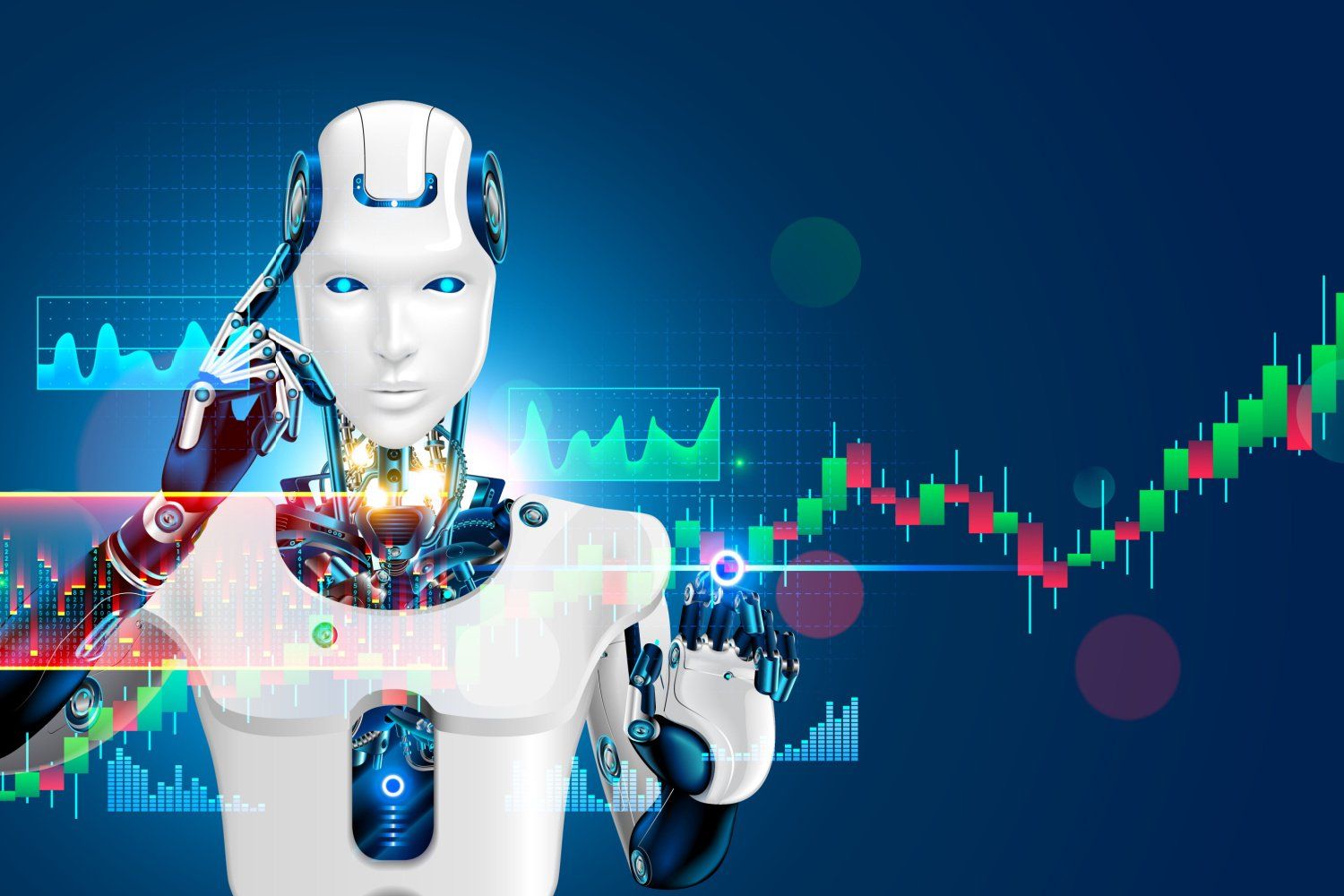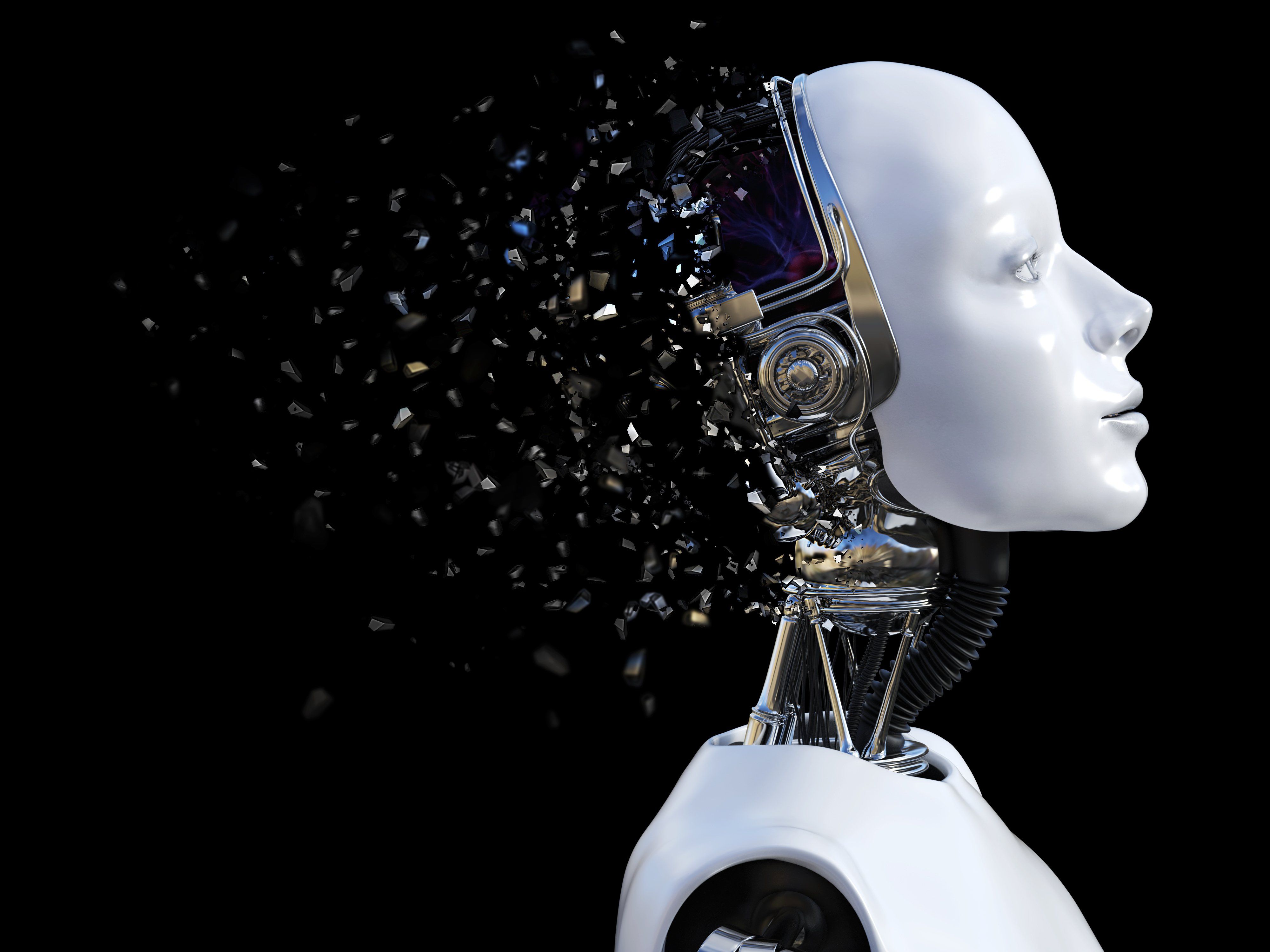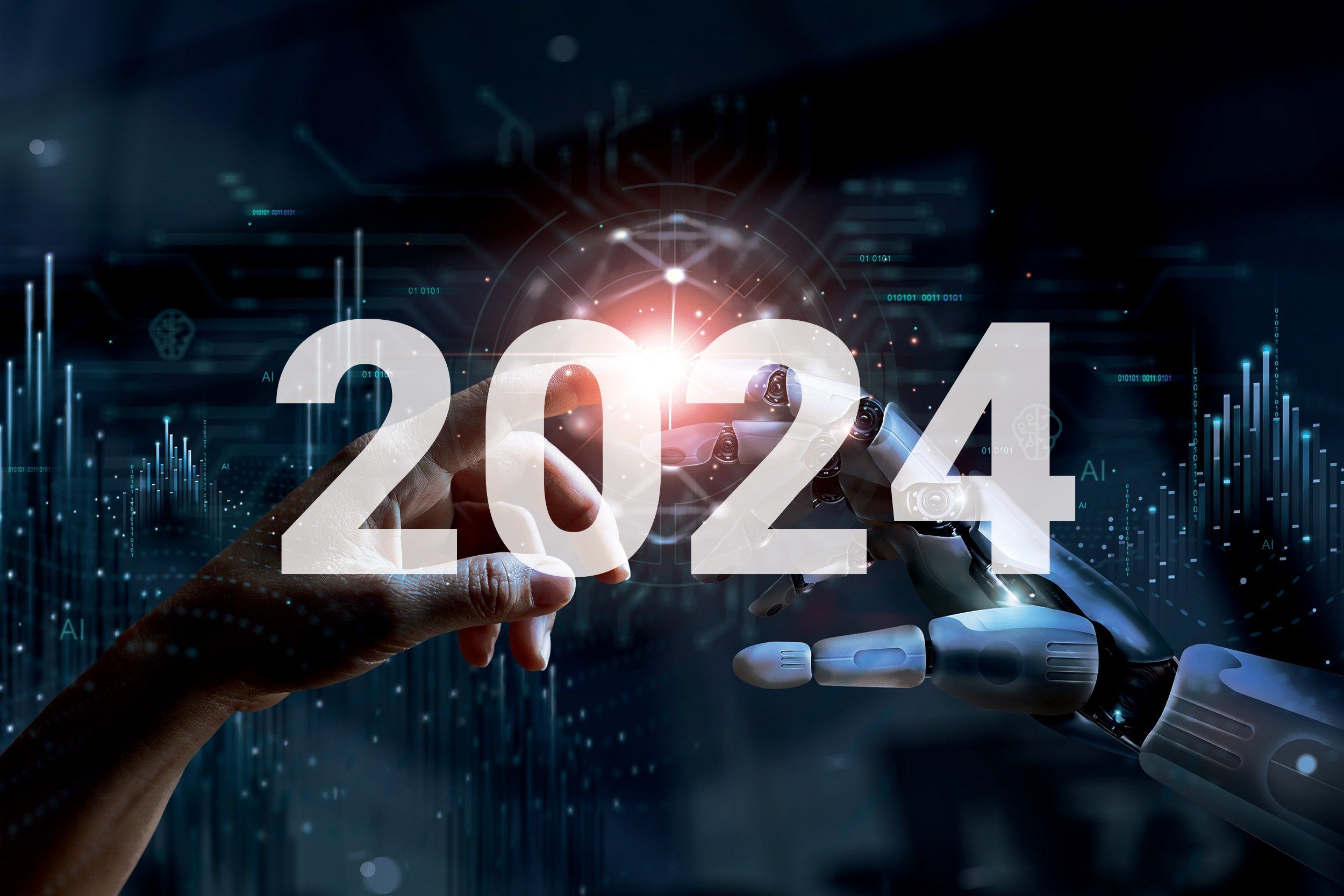Maxar Technologies (NYSE:MAXR) (TSX:MAXR), provider of comprehensive space solutions and secure, precise, geospatial intelligence, today announces the availability of SYNTH3D , a high-performance, geotypical 3D representation of the entire planet for gaming, simulation, entertainment, virtual reality (VR), smart cities and metaverse.
This press release features multimedia. View the full release here: https://www.businesswire.com/news/home/20230223005359/en/

A digital twin of Barcelona, Spain, as seen in SYNTH3D. Image credit: Maxar and blackshark.ai
Developed through a partnership between Maxar and blackshark.ai , SYNTH3D allows developers and creators to simulate and visualize 3D environments representative of real-world locations where aesthetics and performance are key to commercial applications. This 3D digital twin is available in a visually pleasing and highly compatible format that is representative of the geographic and building features for a given area.
"SYNTH3D, created from Maxar's Vivid basemap and blackshark.ai's patented technology, will revolutionize how various industries build and interact with VR environments," said Dan Nord, Maxar SVP and GM of Enterprise Earth Intelligence. "This digital twin will be useful in scenarios such as developers creating the next-generation video games, producers working on upcoming films, and businesses assembling simulation environments; the opportunities are limited only by the imagination."
Blackshark.ai creates SYNTH3D by applying its patented generative artificial intelligence (AI) to Maxar's Vivid imagery basemap , a global, cloud-free, virtually seamless view of Earth, with rich natural color and visual clarity. The AI extracts more than 1.4 billion buildings and procedurally generates them as 3D buildings. The buildings then have geotypical textures applied, meaning specific buildings may look different in the real world, but the overall appearance of the building height and façade reflect regional archetypes, creating a lifelike model. Delivered as a static export or rendered on the fly through numerous plug-ins and software development kits, SYNTH3D combines the global scalability, crisp aesthetics and high-performance rendering that next-generation simulations demand.
"Maxar's Vivid imagery basemap supercharged our development of SYNTH3D by providing a global 2D view that we could transform into a beautiful 3D digital twin," said Michael Putz, blackshark.ai CEO. "I'm looking forward to seeing customers and developers unleash the power of SYNTH3D across innovative use cases."
SYNTH3D complements Precision3D in Maxar's broader product portfolio, which provides a 3D digital twin for use cases in a variety of sectors. Precision3D offers highly accurate visualization with precise details and geospecific building heights and facades.
Maxar will demonstrate SYNTH3D and Precision3D at Mobile World Congress in Barcelona, Spain, from February 27-March 3. Sign up for a SYNTH3D demo ahead of time, visit the booth (Hall 4 Stand 4B16), or download a product sample .
About Maxar
Maxar Technologies (NYSE:MAXR) (TSX:MAXR) is a provider of comprehensive space solutions and secure, precise, geospatial intelligence. We deliver disruptive value to government and commercial customers to help them monitor, understand and navigate our changing planet; deliver global broadband communications; and explore and advance the use of space. Our unique approach combines decades of deep mission understanding and a proven commercial and defense foundation to deploy solutions and deliver insights with unrivaled speed, scale and cost effectiveness. Maxar's 4,400 team members in over 20 global locations are inspired to harness the potential of space to help our customers create a better world. Maxar trades on the New York Stock Exchange and Toronto Stock Exchange as MAXR. For more information, visit www.maxar.com.
Forward-Looking Statements
This press release may contain forward-looking statements that reflect management's current expectations, assumptions and estimates of future performance and economic conditions. Any such forward-looking statements are made in reliance upon the safe harbor provisions of Section 27A of the Securities Act of 1933 and Section 21E of the Securities Exchange Act of 1934. The Company cautions investors that any forward-looking statements are subject to risks and uncertainties that may cause actual results and future trends to differ materially from those matters expressed in or implied by such forward-looking statements, including those included in the Company's filings with U.S. securities and Canadian regulatory authorities. The Company disclaims any intention or obligation to update or revise any forward-looking statements, whether as a result of new information, future events, or otherwise, other than as may be required under applicable securities law.
View source version on businesswire.com: https://www.businesswire.com/news/home/20230223005359/en/
Investor Relations Contact:
Jonny Bell
Maxar Investor Relations
1-303-684-5543
jonny.bell@maxar.com
Media Contact:
Kristin Carringer
Maxar Media Relations
1-303-684-4352
kristin.carringer@maxar.com





